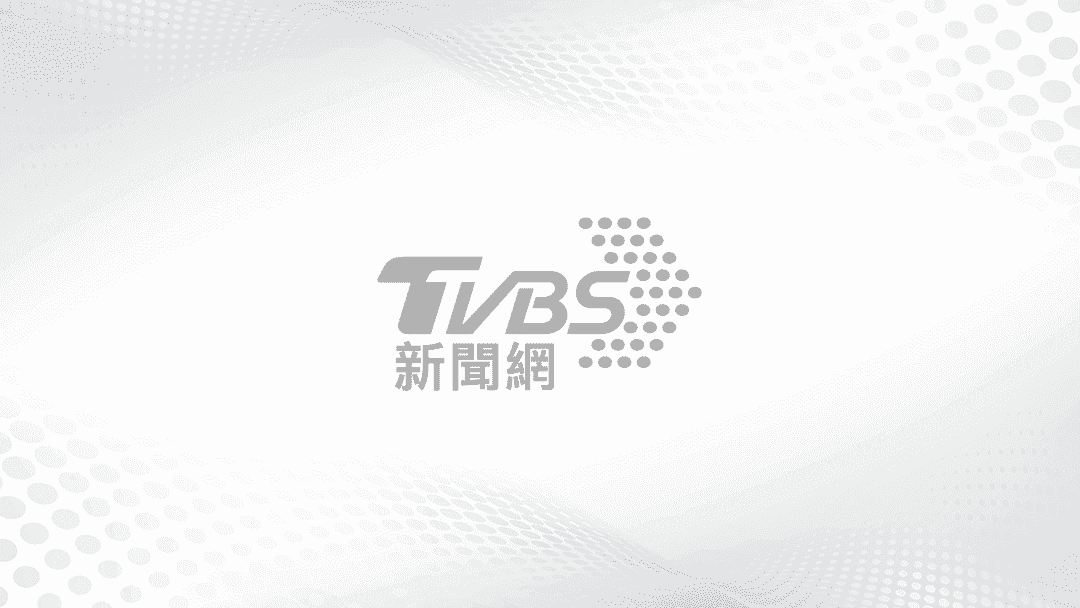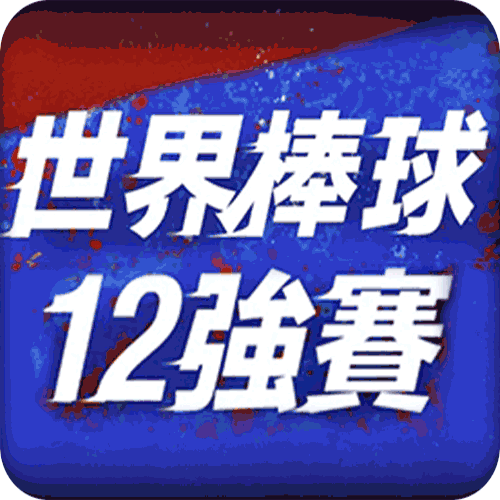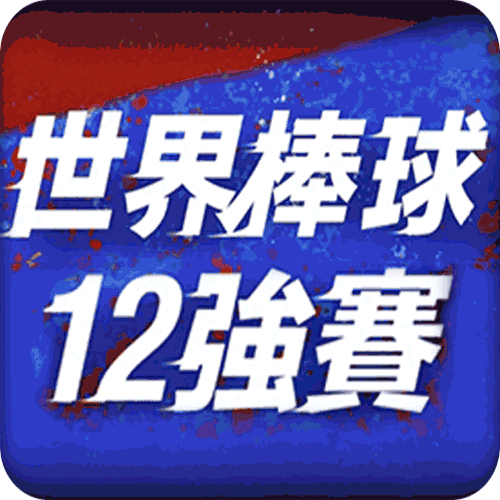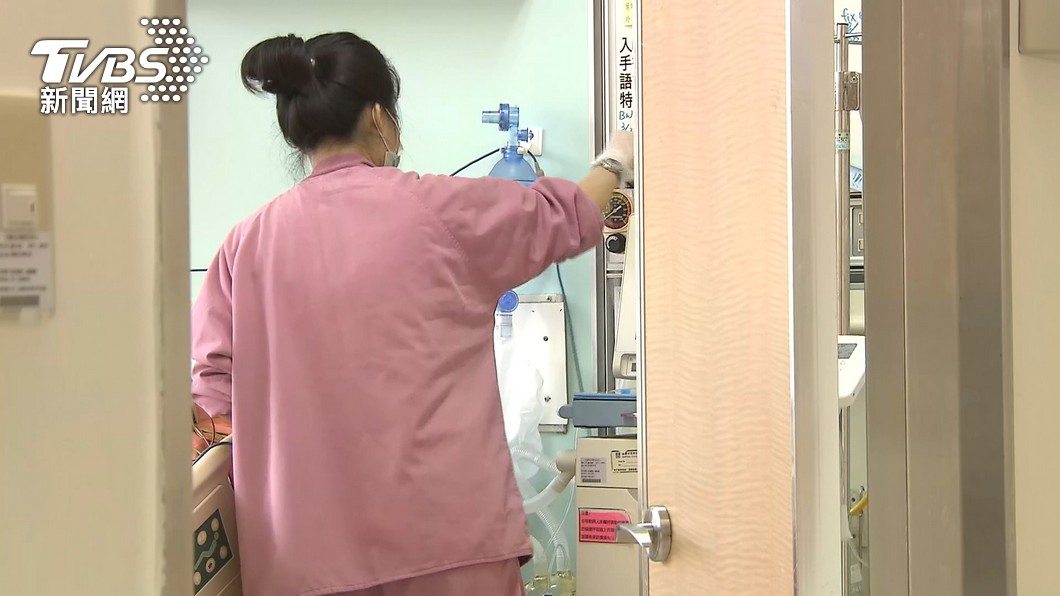TAIPEI (TVBS News) — Nurses from various hospitals and the Taiwan Nurses Union (台灣護理產業工會) protested in front of the Executive Yuan on Friday (Sept. 13) against the current "three-shift nurse-to-patient ratio" policy. They argued that the policy's design, which averages the ratios across all wards, fails to alleviate their workload.
Lo Yun-sheng (羅運生), chairman of the union, criticized the Ministry of Health and Welfare (MOHW, 衛福部) for allowing hospitals to average the nurse-to-patient ratios across all wards and months.
Lo stated that the average figures obtained by the MOHW are seriously distorted due to the different conditions of each ward unit and the variation in the number of patients per day. He emphasized that hospitals can still receive the "three-shift nurse-to-patient ratio compliance reward" despite the discrepancies.
Chai Shih-yuan (柴世媛), a nurse at National Taiwan University Hospital (台大醫院), revealed that while the hospital reports a ratio of 1:4 for day shifts, 1:9 for evening shifts, and 1:13 for night shifts to the ministry, union surveys show some wards have night shift ratios as high as 1:16-18.
Miss Kuo (郭小姐), a nurse at Taipei City Hospital (北市聯醫), shared similar concerns, noting that her ward's ratios are 1:8-9 for day shifts, 1:12 for evening shifts, and 1:18 for night shifts, while the hospital reports lower figures.
Lo urged the government to address the overwork issue by calculating ratios per ward and enforcing these standards by law. He emphasized that if the government wants to solve the problem of shortage of nursing manpower, it must face up to the present situation of overworked nurses.
The MOHW later responded that it had defined the three-shift nurse-to-patient ratio standards for acute general beds on Jan. 26, 2024, following extensive consultations.
The ministry plans to increase nursing staff by approximately 7,500 to 8,000 and implement a direct incentive program for night shift nurses to encourage hospitals to boost their nursing workforce.











